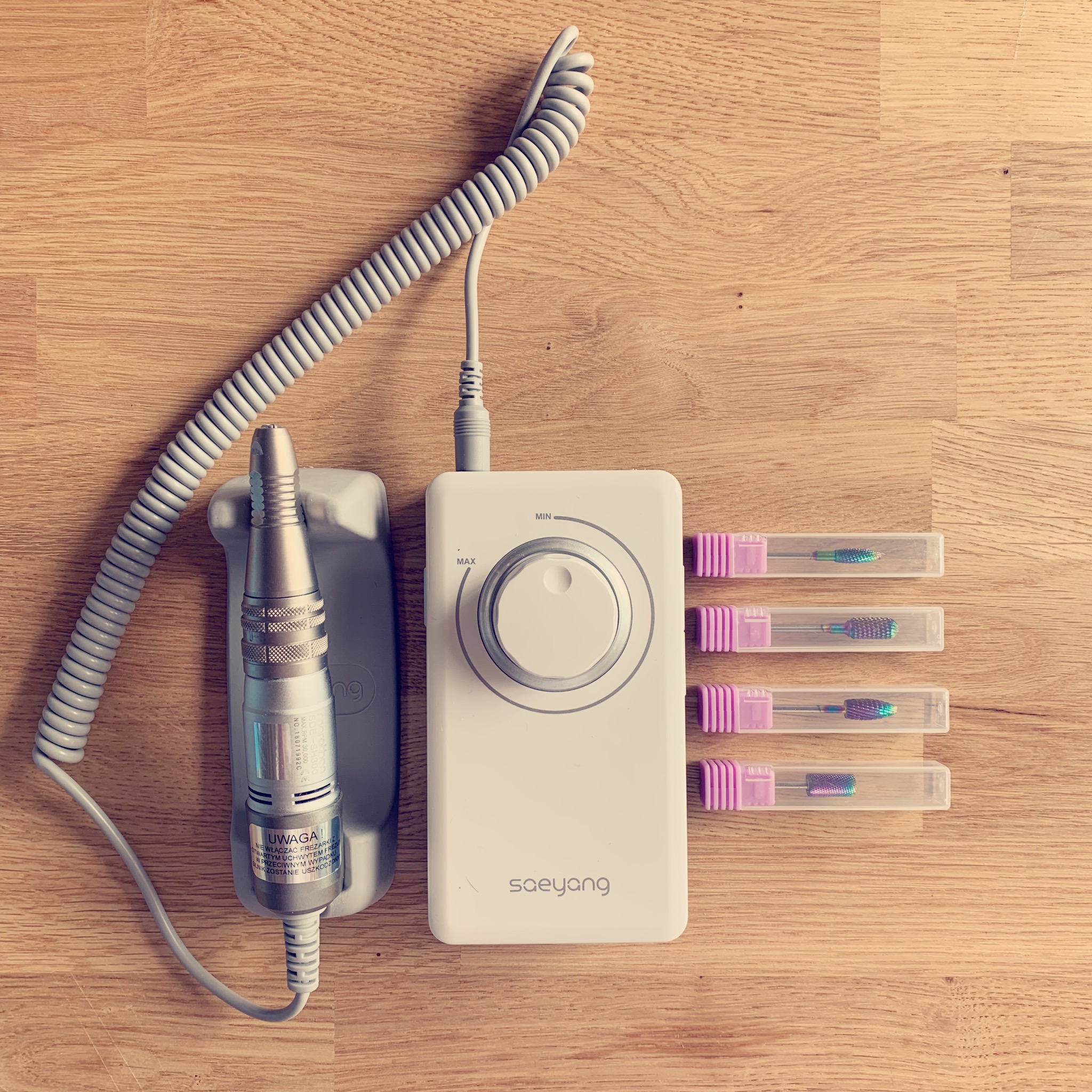How do I get rid of hard callus skin on my feet?
If you suffer from corns then you are not alone! It is thought that anything between 25% & 60% of the population have suffered with corns at some point in their lifetime but suffer no longer and enlist the professional help of South Devon Foot Clinic.
Hard skin on our feet can be unsightly, uncomfortable and often painful. Development of hard skin can occur due to mechanical stresses to the skin with poorly fitting footwear, abnormal gait patterns or high levels of activity being contributory factors. Corns and callus occur as a normal physiologic response of the skin to chronic excessive pressure or friction.
How do corns and callus form?
Corns and calluses are hard, thickened areas of skin that form as a result of friction or pressure on the skin. Corns and calluses develop naturally to help protect the skin underneath them. Corns can often be seen in similar spots on the feet, usually over boney prominences, they can come in different guises from hard to soft, on the plantar (bottom) surface of the feet, on dorsal (tops) areas of the toes or even in-between the toes.
Clinical Presentation
- Callous are plaque’s of thickened skin tissue, usually on the plantar surface of the feet, prime areas are on the pads of the feet, overlying the metatarsalphalangeal joints.
- Hard Corns (Heloma Durum) are usually found overlying boney promonsneses are painful during weight bearing activities and develop a keratin core.
- Seed Corns (Heloma Millare) are found across the plantar surface of the feet, they are generally superficial but give the sufferer the sensation of stepping on stones.
- Soft Corns (Heloma Molle) are found inter-digitally where the pressure of the adjacent toe causes the skin to put up a defence. These corns can be particularly painful.
Treatment
South Devon Foot Clinic provides painless techniques to remove your corns and callus. With the help of scalpels, files and a drill, these techniques left away layers of hard skin reducing the pressure to these painful and uncomfortable sites. This provides instant relief and gets you back to doing the things you enjoy.
Your footwear and gait pattern may also be assessed to establish if any modifications can be made to avoid the reoccurrence of corns and callus. We may also look to offload areas where we identify excess pressure which is causing the underlying tissue to become vulnerable to breakdown.
Long Term Management
Depending upon the clinical presentation of your corns and callus, it may be suggested that you modify your footwear to ensure that they are accommodating the length and width of your feet adequately. Changes in footwear will help to minimise reoccurring corns by reducing friction and pressure. Treatment options may also include the use of urea based emollients which naturally debride the hard skin on your feet in-between appointments. South Devon Foot Clinic can recommend products to use such as Flexitol, Gehwol and CCS. We shall walk you through the best products to use and the best concentration of urea is most suitable for your condition.





